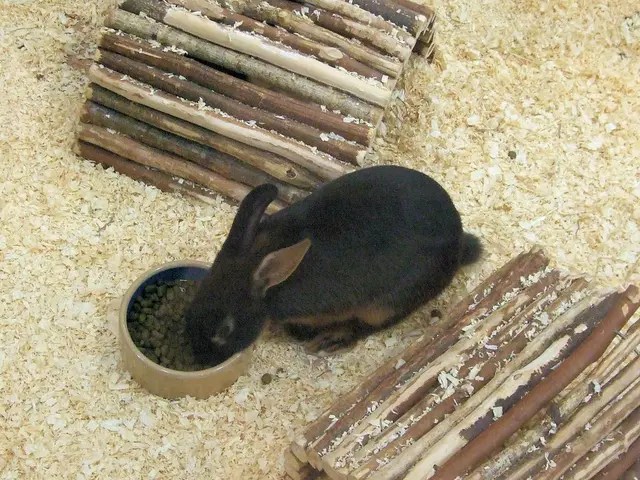Instructions for Creating a Pillow Case with Flap Closure
An envelope-style pillow cover is a practical and attractive choice for decorative pillows, offering a clean, seamless look on the front and an easy-to-use, concealed back opening. In this article, we will guide you through the process of creating your own envelope pillow cover.
### Materials Needed: - Fabric (flannel, cotton, fleece, linen, or most poly-cotton blends) - Sewing machine (such as the Singer Fashion Mate) - Rotary cutter - Quilting ruler - Cutting mat - Pins - Sewing thread - Hemming tape (optional) - Pillow form
### Step-by-Step Instructions:
1. **Select and Prepare Fabric** Prewash your fabric to prevent shrinking later. The size of the fabric depends on your pillow dimensions. For example, for a 20-inch square pillow, cut a piece approximately 20″ x 46″; for a 24-inch square pillow, cut 24″ x 54″.
2. **Cut the Fabric** Lay the fabric on the cutting mat with the width straight along the bottom and the length straight along the left-hand side. Cut a single large rectangle of fabric according to measurements. Decide the fabric’s orientation and which side will be the envelope opening (front or back).
3. **Finish the Short Ends** Fold over and hem the two shorter edges of the fabric twice (about ½ inch each time) to create finished edges and sew them down. These finished edges will form the overlapping flaps of the envelope closure.
4. **Fold and Overlap the Fabric** Lay the fabric flat with the right side (front) facing up. Fold one finished edge toward the center, then fold the opposite finished edge overlapping the first fold, leaving enough overlap to fully cover the pillow insert when inserted, typically about 4-6 inches overlap.
5. **Sew the Sides** Fold the fabric in half along the pillow’s width with right sides together, aligning edges, and sew along the two open sides (not the folded edges). Use about a 3/8″ seam allowance. Trim corners to reduce bulk.
6. **Turn Right Side Out** Turn the pillow cover right side out through the envelope opening. Push out the corners to shape them neatly.
7. **Insert Pillow and Finish** Insert the pillow form through the envelope opening. The overlapping fabric keeps the pillow inside securely without the need for closures.
For a more polished look, consider adding a 1/4-inch hem around the edges of the front panel. This can be achieved by folding the edge over twice and sewing it down, or using hem tape.
When working with flannel fabric, be aware that the edges can get stringy and may need to be cut off before starting the project. It is also recommended to use a cutting mat and quilting ruler for accurate and square pieces.
The Singer Fashion Mate is a sewing machine that is well-suited for this project, as it offers several features that make sewing more enjoyable and is priced under $200.
By following these steps, you'll have a stylish and functional envelope pillow cover to complement your decor. Happy sewing!
- To enhance the style of your home-and-garden, consider creating your own envelope pillow covers. Choose fabrics such as flannel, cotton, fleece, linen, or most poly-cotton blends that match your lifestyle and fashion-and-beauty preferences.
- To ensure a seamless look for your lifestyle and home-and-garden decor, finish the short ends of the fabric and sew the sides with a 3/8" seam allowance, as demonstrated in the tutorial for creating an envelope pillow cover.




